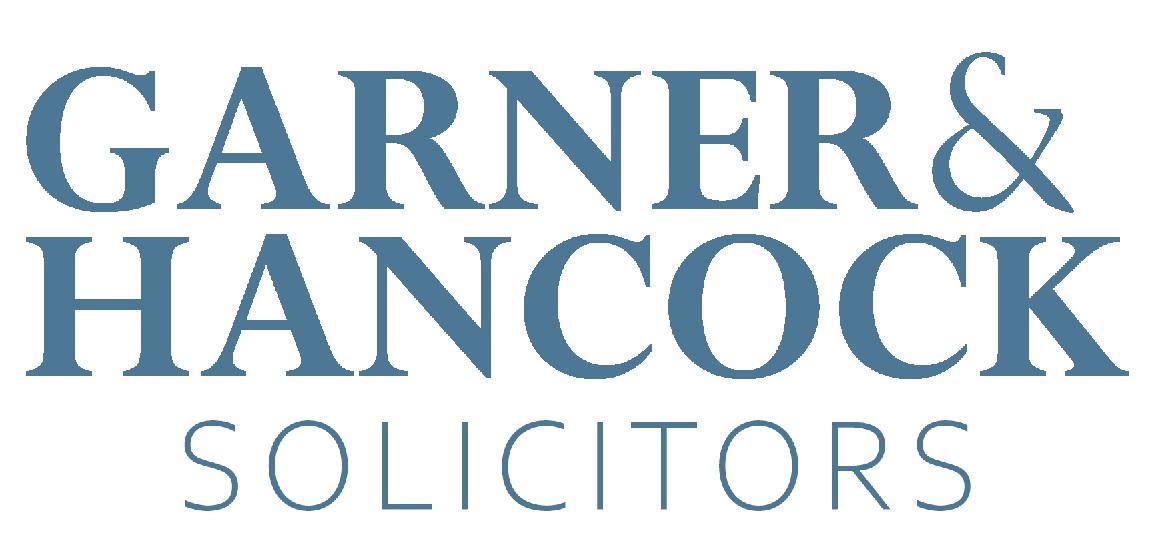Unlocking Safety: An overview to the Building Safety Act
The Building Safety Act 2022 was amended and the Levelling Up & Regeneration Act 2023 which received Royal Assent on 26th October 2023 closed the loophole in the Building safety Act 2022 to ensure that the statutory protections for leaseholders continue where qualifying leases are extended, varied, or replaced by an entirely new lease.
This means that the statutory protections limiting or preventing remediation costs from being passed onto qualifying leaseholders will continue to apply as if the new lease were a qualifying lease. This amendment is retrospective, and it applies to leases extended, varied, or replaced since 14 February 2022. Therefore, those leaseholders who have, for example, extended their leases or are in the middle of the process, are covered by the protections.
Frequently Asked Questions
We are here to help
The BSA 2022 is an extremely complex piece of legislation which is still evolving. As this legislation is new, it lacks the precedent-setting case law that typically aids in understanding and interpreting its provisions. Therefore, it is important for both landlords and tenants to obtain expert advice to ensure compliance and mitigate potential legal risks.
Our Property Law Solicitors
Request for a Legal Consultation
Garner & Hancock realise that the prospect of pursuing a legal matter can be challenging, so we offer an initial phone consultation to discuss your options, and to give you information that will help you make the right choices affecting your case.
How Can We Help?
We are here to help! Feel free to contact us anytime for a consultation on your legal matters.



